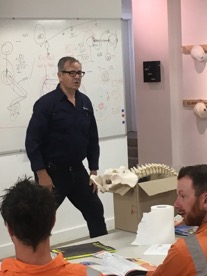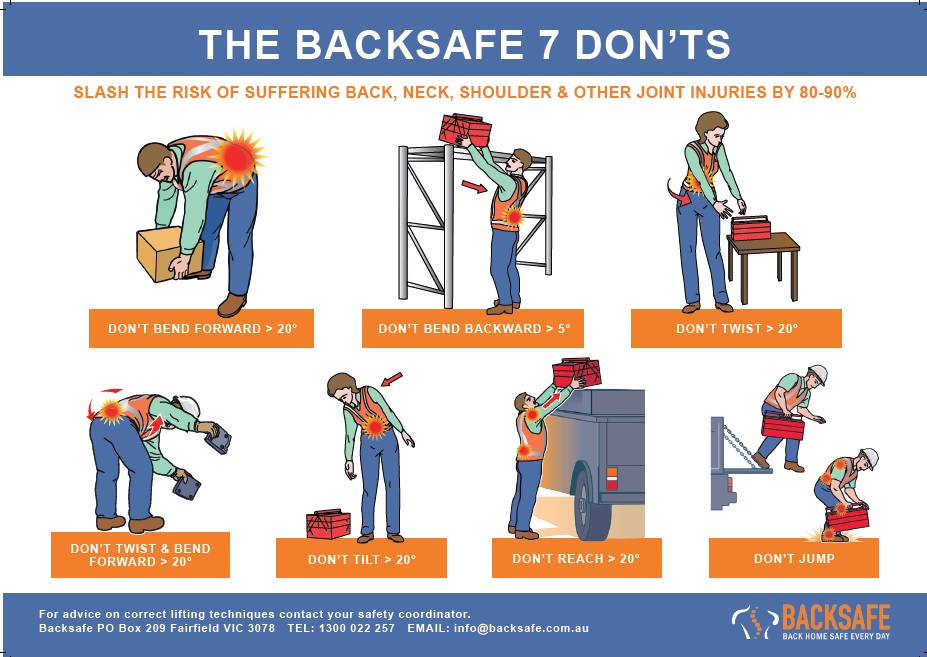Musculoskeletal pain refers to any pain, discomfort, or injury that affects the bones, muscles, ligaments, tendons, or other structures within the musculoskeletal system. This complex network of interconnected components plays a vital role in allowing us to move, perform daily activities, and maintain our overall well-being.

Understanding Musculoskeletal Pain
Before exploring the various treatment options for musculoskeletal pain, it is crucial to have a clear understanding of the condition itself. Musculoskeletal pain can take many forms and can be caused by a wide range of factors.
When it comes to these injuries & pain, it’s essential to recognise that it not only affects the muscles but also the bones, joints, ligaments, tendons, and nerves in the body. This interconnected system plays a vital role in supporting movement, stability, and overall body function. Therefore, any disruption or damage to these components can result in varying degrees of pain and discomfort.
Definition of Musculoskeletal Pain
Musculoskeletal pain is a broad term that encompasses various types of discomfort affecting the musculoskeletal system. It can manifest as acute or chronic pain, localised or widespread discomfort, and may vary in intensity and duration depending on the underlying condition.
Furthermore, this pain can present itself in different ways, such as sharp or dull pain, throbbing sensations, stiffness, or aching discomfort. The diversity of symptoms often reflects the complexity of the musculoskeletal system and the intricate network of structures involved.
Common Causes
There are numerous causes of musculoskeletal pain, including injuries, overuse or repetitive strain, poor posture, inflammatory conditions, and degenerative diseases such as osteoarthritis. Understanding the root cause of your pain is crucial in determining the most effective treatment approach.
Injuries, whether from sports, accidents, or sudden impacts, can lead to acute musculoskeletal pain. Furthermore, lifestyle factors such as sedentary behaviour, improper ergonomics, and obesity can also contribute to musculoskeletal pain by placing undue stress on the body’s structures.
As there are many common causes for this type of pain, it’s essential to understand the symptoms and also treatment options to avoid these injuries from becoming a permanent part of an individual’s life
Symptoms Associated with Musculoskeletal Pain
Musculoskeletal pain can present with a wide range of symptoms, both physical and emotional. It is important to recognise and address these symptoms early to achieve comprehensive pain relief and improve overall well-being.
Understanding the underlying causes is crucial in developing an effective treatment plan. In many cases, such pain can be attributed to factors like poor posture, overuse injuries, muscle imbalances, or underlying medical conditions. By identifying the root cause of the pain, healthcare providers can tailor interventions to address the specific issues contributing to the discomfort.
Physical Symptoms
Physical symptoms of musculoskeletal pain may include localised tenderness, stiffness, swelling, reduced range of motion, muscle weakness, and difficulty performing daily activities. These symptoms can significantly impact one’s quality of life and ability to engage in routine tasks.
In addition to the physical symptoms mentioned, individuals experiencing musculoskeletal pain may also notice changes in their sleep patterns and energy levels. Disrupted sleep due to pain can lead to fatigue and irritability, further exacerbating the overall impact of the condition in their daily routine.
Emotional Impact of Chronic Pain
While chronic pain is often physical, the emotional impact an injury can have is profound. Pain & injuries can lead to feelings of frustration, anxiety, depression, and decreased overall satisfaction with life due to not having their body in a functioning order. Managing the emotional aspects of pain is essential for holistic treatment and improved quality of life.
It is not uncommon for individuals with chronic musculoskeletal pain to experience social withdrawal or a sense of isolation due to the limitations imposed by their condition.
Engaging in activities that promote social connection and emotional well-being, such as support groups or counselling, can play a vital role in coping with the emotional challenges associated with persistent pain.
Natural Treatment Options
While pharmaceutical interventions have their place in managing musculoskeletal pain, non-pharmacological treatment options can provide significant relief and help improve long-term outcomes. It is essential to consider a holistic approach to pain management that includes various non-drug therapies.
Non-pharmacological treatments focus on addressing the root cause of the pain rather than just masking the symptoms, promoting overall well-being and quality of life.
Physical Therapy Techniques
Physical therapy is a cornerstone of non-pharmacological treatments for pain and discomfort. Therapeutic exercises tailored to the individual’s condition, stretching routines, manual therapy techniques performed by skilled professionals, and modalities such as heat or cold therapy can help reduce pain, improve mobility, and enhance muscle strength and flexibility.
Physical therapists work closely with patients to develop personalised treatment plans that address specific needs and goals, empowering individuals to take an active role in their recovery and rehabilitation process.
Lifestyle Changes for Pain Management
Adopting a healthy lifestyle can play a crucial role in managing musculoskeletal pain. In addition to targeted exercises and therapies, lifestyle modifications can have a profound impact on pain levels and overall function.
Individuals are encouraged to maintain a balanced diet rich in essential nutrients to support tissue healing and reduce inflammation, engage in regular physical activity to promote circulation and strengthen muscles, practice stress reduction techniques such as mindfulness or yoga to alleviate tension and improve relaxation, and ensure adequate rest and quality sleep to support the body’s natural healing processes.
Alternative Therapies for Musculoskeletal Pain
In addition to conventional treatments, alternative therapies have gained recognition for their potential to alleviate musculoskeletal pain and improve overall well-being.
Acupuncture and Pain Management
Acupuncture involves the insertion of thin needles into specific points on the body to alleviate pain and promote healing. This therapy has shown promising results in managing musculoskeletal pain, particularly in conditions such as osteoarthritis and chronic back pain.
Benefits of Massage Therapy
Massage therapy, another popular alternative therapy, can help reduce muscle tension, improve circulation, and promote relaxation. Regular sessions of massage therapy have been shown to be effective in managing musculoskeletal pain, enhancing flexibility and mobility, and reducing stress levels.
In conclusion, treating musculoskeletal pain requires a multifaceted approach that addresses the underlying causes, physical symptoms, emotional impact, and overall well-being of an individual.
Effective treatment options include natural interventions, such as physical therapy and lifestyle modifications as well as alternative therapies, including acupuncture and massage therapy. By combining these approaches and working closely with healthcare professionals, individuals can regain control over their musculoskeletal pain and enhance their quality of life.




